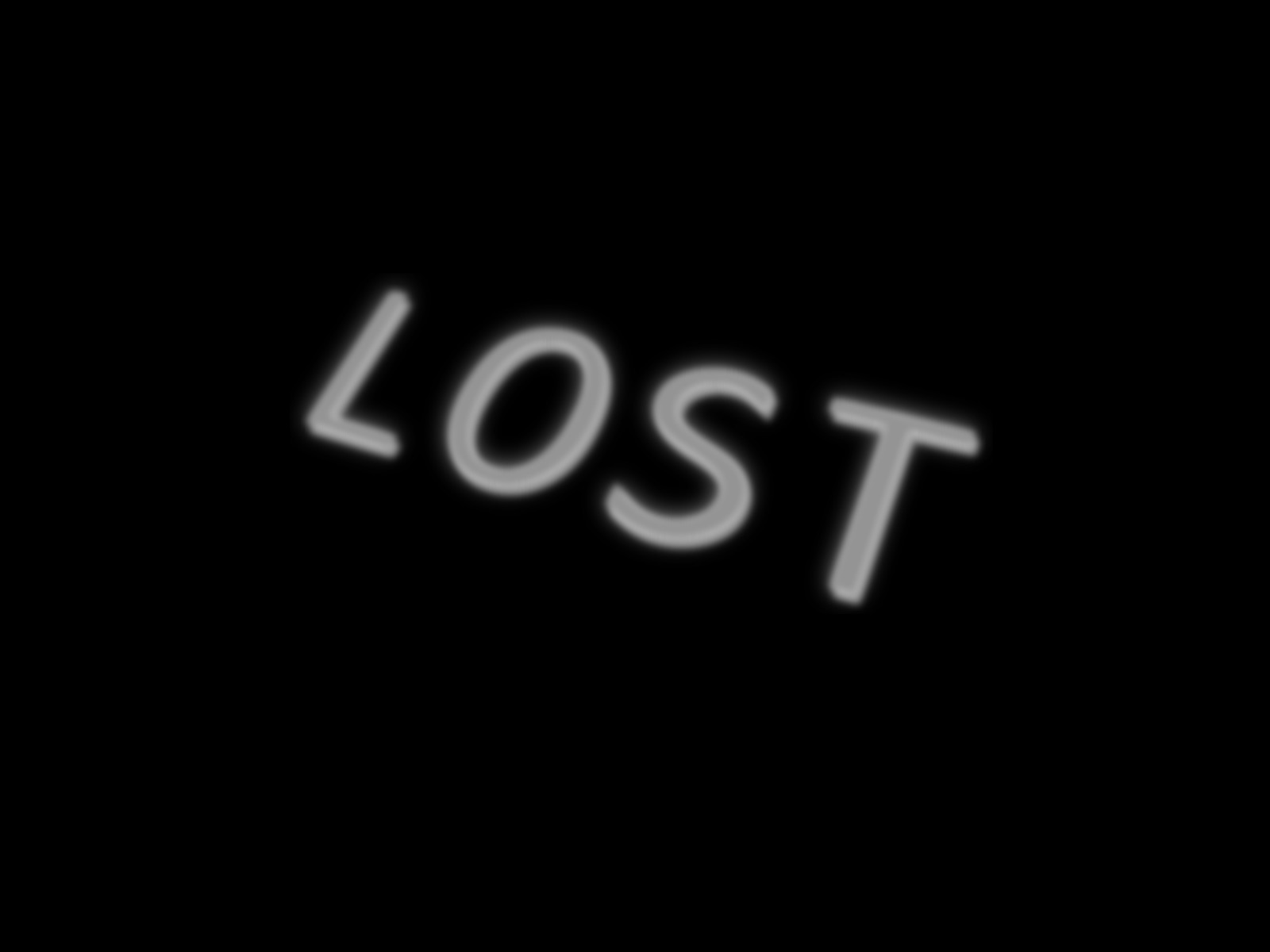In my recent cheat sheet on the schools of economics I mentioned that many of the schools claiming to be “Keynesian” really aren’t that Keynesian at all. In other words, they’ve actually grown to become something different than what JM Keynes actually believed. For instance, the “New Keynesians” actually take quite a few of their beliefs from Classical and Monetarist economics. And even the Post-Keynesians, who are probably the closest to the “true Keynes” have morphed into a rather liberal school of economics that is probably even too liberal for Keynes himself (who was actually quite a bit more Conservative than he is often portrayed as being – see here and here for instance).
I got to thinking about this thanks to a recent piece by Scott Sumner which says that many of the current “Keynesian” schools are not all that Keynesian:
“New Keynesians are certainly not Keynesians. Neither are old Keynesians, post Keynesians, MMTers, nor anyone else of that ilk.”
I think he’s probably right. But he also goes on to say that Market Monetarists are the “true heirs to Keynes”. I am not so sure about this. For instance, in a 2012 article Bruce Bartlett cited a 1932 piece by Keynes warning that “cheap money” (ie, Monetary Policy) was not going to be sufficient to halt the slump:
“I am not confident, however, that on this occasion the cheap-money phase will be sufficient by itself to bring about an adequate recovery of new investment. It may still be the case that the lender, with his confidence shattered by his experiences, will continue to ask for new enterprise rates of interest which the borrower cannot expect to earn. Indeed, this was already the case in the moderately-cheap-money phase which preceded the financial crisis of last autumn.”
Keynes was very vocal during this period and in the General Theory that fiscal policy was the necessary cure to the Great Depression. And given the fact that Market Monetarists don’t like fiscal policy much, well, I have a hard time seeing how all of these views can be reconciled.
So it’s an interesting question. If none of these schools really reflect the views of Keynes in an accurate manner then where are all the real Keynesians? Does it even matter? And given that Keynes himself had some conflicting and changing views over his life (as any economist probably does) maybe we shouldn’t even care all that much….I don’t know. Maybe you all do?
Mr. Roche is the Founder and Chief Investment Officer of Discipline Funds.Discipline Funds is a low fee financial advisory firm with a focus on helping people be more disciplined with their finances.
He is also the author of Pragmatic Capitalism: What Every Investor Needs to Understand About Money and Finance, Understanding the Modern Monetary System and Understanding Modern Portfolio Construction.


Comments are closed.